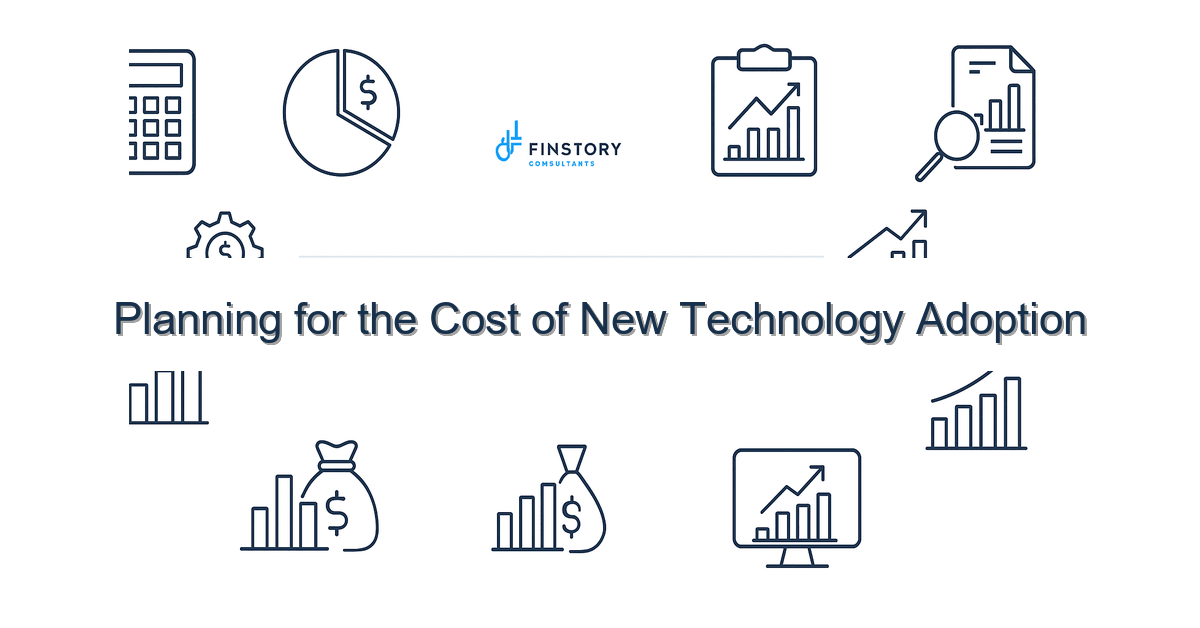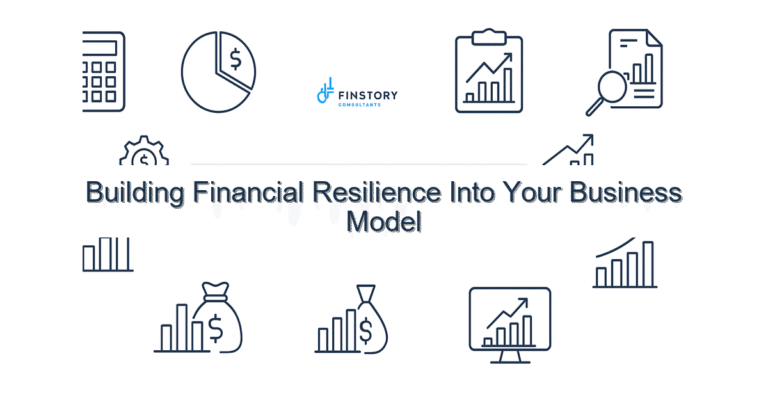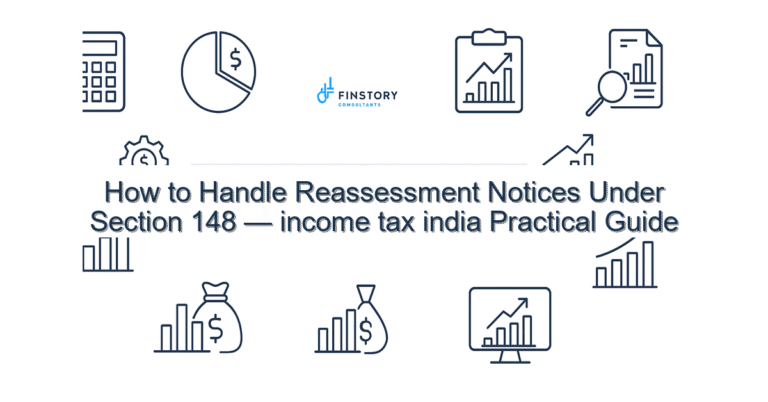Planning for the Cost of New Technology Adoption
Adopting new technology in healthcare can feel like standing at the edge of a pool: exciting, necessary, and a little terrifying. Many of you have been burned by surprise costs, slow rollouts, or ROI that never materialized—we get that, and you’re not alone.
Summary: When you plan for the cost of new technology adoption with a Total Cost of Ownership approach, staged funding, and clear metrics, you reduce surprises, protect margins, and unlock faster clinical and financial value.
What’s the real problem? (cost of new technology adoption)
Hospitals and health systems want digital upgrades—EHR modules, analytics, telehealth platforms—but the financial reality is messy. Upfront vendor pricing is only the tip of the iceberg. Hidden implementation costs, staffing impacts, and ongoing maintenance quietly erode expected returns.
- Symptom: Budgets approved, but actual spend balloons during implementation.
- Symptom: Expected savings from automation don’t appear because workflows weren’t redesigned.
- Symptom: Finance lacks a single source of truth for capital vs operating costs and can’t forecast cash impact.
- Symptom: Leadership loses patience when go-live doesn’t match the promised timeline or benefits.
What leaders get wrong
Too often teams treat technology spend as a line item opposed to an operational change. A few common missteps:
- Treating vendor price as the full cost. Implementation, training, integrations, and downtime matter—and add up fast.
- Not defining measurable benefits up front. “It will save time” is not a KPI CFOs can budget against.
- Under-investing in change management and over-relying on IT or a small super-user group.
- Using a one-size-fits-all capital approval instead of staged funding tied to milestones and metrics.
A better approach
Plan the cost of new technology adoption as a phased investment with clear governance and measurable gates. Here’s a simple 4-step framework that works for finance and operations.
- Define scope and outcomes. Translate clinical and operational goals into measurable KPIs (reduction in charting time, lower denials, faster billing cycle).
- Build a full TCO model. Include software, hardware, integration, testing, training, temporary productivity loss, and ongoing maintenance for 3–5 years.
- Stage funding with go/no-go gates. Approve design, pilot, and scale phases separately with linked metrics and contingency budgets.
- Monitor with real-time dashboards. Track spend vs. budget and benefits realization monthly and adjust course quickly.
Short story: A mid-sized hospital I worked with planned a $2M EHR add-on based on vendor quotes. When we modeled TCO and staged investments, we uncovered $600k in integration and training costs and another $200k in productivity loss during rollout. By funding a 3-month pilot and delaying scale until metrics improved, they avoided a premature full deployment and captured the vendor to contribute training hours—reducing net spend by 25% and improving clinician satisfaction at go-live.
Quick implementation checklist
- Create a TCO template that captures capital and operating lines for 3–5 years.
- Map affected workflows and estimate productivity impact in hours and dollars.
- Define 3–5 measurable benefits and how you’ll quantify them (e.g., billing cycle days, denial rate, charting minutes).
- Break the project into design, pilot, and scale phases with budgets for each.
- Secure a contingency reserve (10–20% of project budget) explicitly for integration and change management.
- Assign a benefits owner for each KPI and include them in monthly reviews.
- Set up a Power BI dashboard or similar to report spend vs. budget and benefits weekly.
- Negotiate vendor SLAs and training support tied to milestone payments.
- Run a 4–6 week pilot with representative units before full roll-out.
- Document lessons and adjust the funding plan before scale-up.
What success looks like
Measure success in both financial and operational terms. Examples of measurable outcomes:
- Accuracy: Reduction in billing errors by 30% within 6 months of go-live.
- Cycle time: Decrease in average days to final claim by 20% in year one.
- ROI: Positive net present value within 24–36 months (or meet pre-defined breakeven threshold).
- Productivity: Clinician charting time down by 15–25% after training and workflows are optimized.
- Budget variance: Actual implementation costs within ±10% of approved phased budgets.
- Adoption: 85% of target users regularly using the tool within 90 days.
Risks & how to manage them
Three top risks and practical mitigations.
- Risk: Scope creep and hidden integration costs. Mitigation: Require detailed integration estimates and hold back a portion of vendor payment until interfaces pass test criteria.
- Risk: Low user adoption. Mitigation: Invest in role-specific training, super-user networks, and track usage metrics tied to manager scorecards.
- Risk: Benefit shortfall. Mitigation: Stage funding with go/no-go gates and require a benefits realization plan with owners for each KPI.
Tools & data
Your planning needs three things: clean finance data, workflow metrics, and clear reporting. Finance automation tools can feed accurate cost numbers; Power BI or similar visualization platforms turn spend and benefits into actionable dashboards. Leadership reporting should combine capital commitments, monthly actuals, and benefits progress in a single view so CFOs and COOs can make decisions together.
Common stack: an FP&A model that connects to your ERP for actuals, a project cost ledger for implementation spend, and Power BI dashboards for operational leaders. Consider finance automation for AP and capital tracking, and integrate vendor invoices to reduce reconciliation delays.
FAQs
Q: How do I estimate productivity loss during rollout?
A: Run time-motion sampling with representative users for a week, estimate percent slow-down during training, and convert hours to dollars using average loaded labor rates. Add a buffer of 10–20%.
Q: Should we treat new tech as CapEx or OpEx?
A: It depends on accounting rules and vendor terms. For planning, model both scenarios and present cash flow and P&L impacts. Work with your controller to decide classification before budget approval.
Q: How large should the contingency be?
A: Typically 10–20% of the project budget, calibrated by risk. High-integration projects need higher contingency.
Q: How do I prove ROI to the board?
A: Tie financial benefits to existing KPIs (revenue capture, labor costs, days in AR). Present staged metrics and an updated forecast after pilot results—boards respond to facts, not promises.
Next steps
If you’re about to approve a purchase or you’ve already signed a contract, pause and run a quick TCO and staged funding review. Use the checklist above this week: map workflows, quantify 3 KPIs, and set up a benefits owner.
Want help? Our team at Finstory helps healthcare finance and operations leaders model the cost of new technology adoption, stand up dashboards, and create governance that prevents budget surprises. We bring practical templates, Power BI reporting, and on-the-ground experience.
Work with Finstory. If you want this done right—tailored to your operations—we’ll map the process, stand up the dashboards, and train your team. Let’s talk about your goals.
Related reads: Financial forecasting for healthcare, Finance automation services, Healthcare capex planning.
📞 Ready to take the next step?
Book a 20-min call with our experts and see how we can help your team move faster.
Prefer email or phone? Write to info@finstory.net
or call +91 44-45811170.






